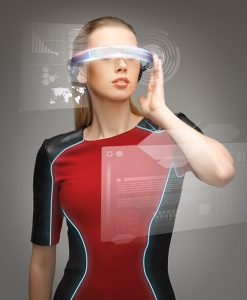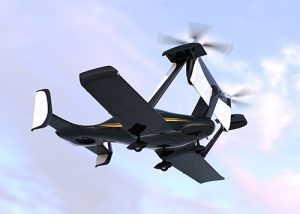 In a recent course we discussed motivation and what exactly drives a person to perform or even excel at a job or a task. A big question in my mind is this: what is the difference between intrinsic and extrinsic motivation and is one better than the other? Will I perform better because I am offered a reward or but because I am personally driven to do the best job I know how? Academics have studied this very question for many years in a field called the science of motivation. The answers from this study can help leaders and teachers understand what drives individuals and how to draw the best from them.
In a recent course we discussed motivation and what exactly drives a person to perform or even excel at a job or a task. A big question in my mind is this: what is the difference between intrinsic and extrinsic motivation and is one better than the other? Will I perform better because I am offered a reward or but because I am personally driven to do the best job I know how? Academics have studied this very question for many years in a field called the science of motivation. The answers from this study can help leaders and teachers understand what drives individuals and how to draw the best from them.
Management Models
Author and career analyst Daniel Pink highlights past studies which show that external motivators really only work when performing simple tasks. This is the 20th century management model. Reward people with money and promotions for performing these rote tasks well and punish them for doing them poorly. In this century we are doing more knowledge work, or cognitive work, such as coding and analysis. The old management model is starting to break down and people are not motivated as much by pay and the reward of a promised position. In some cases money can become a demotivator. Pink highlights three areas that drive us now; autonomy, mastery, and purpose.
Autonomy
I have always appreciated and sought autonomy over my own work. Train me and then step aside and let me find ways to do the task faster, more efficiently, and with greater accuracy. While good pay is nice, I like to own my work and the outcome of that work. I have a domain that I am responsible for and I want to try and perform to the best of my ability. Once I have mastered that task or set of tasks, I will seek out more complex jobs so that I can continually learn. Give me autonomy and I will excel.
Mastery
Once I am in charge of my own domain I will do all I can to master the inputs, outputs and processes associated with that job. I am motivated to do this not so that I can then work less but so that I can grow and learn new skills. If I master something, then I can mechanize it or give it away to someone who can find even better ways to perform the job. I once had a wise manager who told me that my job was to work myself out of a job. I was surprised by this advice but have since come to understand that by excelling at one position I can then move on to find something that perhaps aligns even better with my life purpose.
Purpose
I will be the first to admit that you won’t necessarily find a life purpose right out of the gate, but life has to have some purpose and meaning and a reason to get out of bed in the morning. This is that internal motivation I talked about. Maybe you’re fortunate to find meaning and purpose in your work, or perhaps you work in order to have time and resources to pursue a hobby or volunteer work that gives you purpose. It takes time and experience to refine your life purpose so enjoy the journey and try different jobs along the way.
Thoughts
What motivates you? If you didn’t need money, would you continue to do what you do? How do you motivate others, or is that even possible? Are you really just buying their time? These are some of the things I think about. Please share your insights.
Kelly Brown is an IT professional and assistant professor of practice for the UO Applied Information Management Master’s Degree Program. He writes about IT and business topics that keep him up at night.




